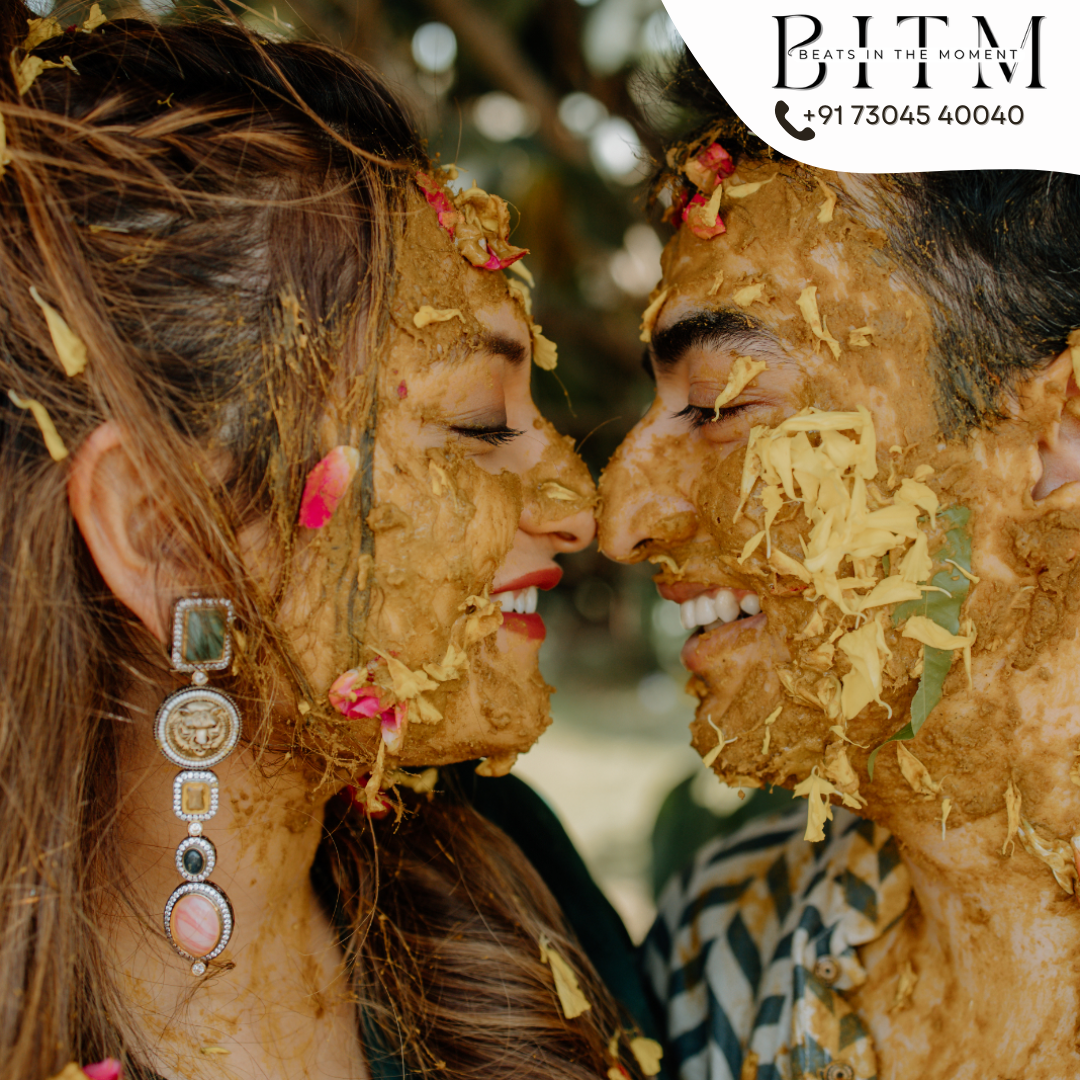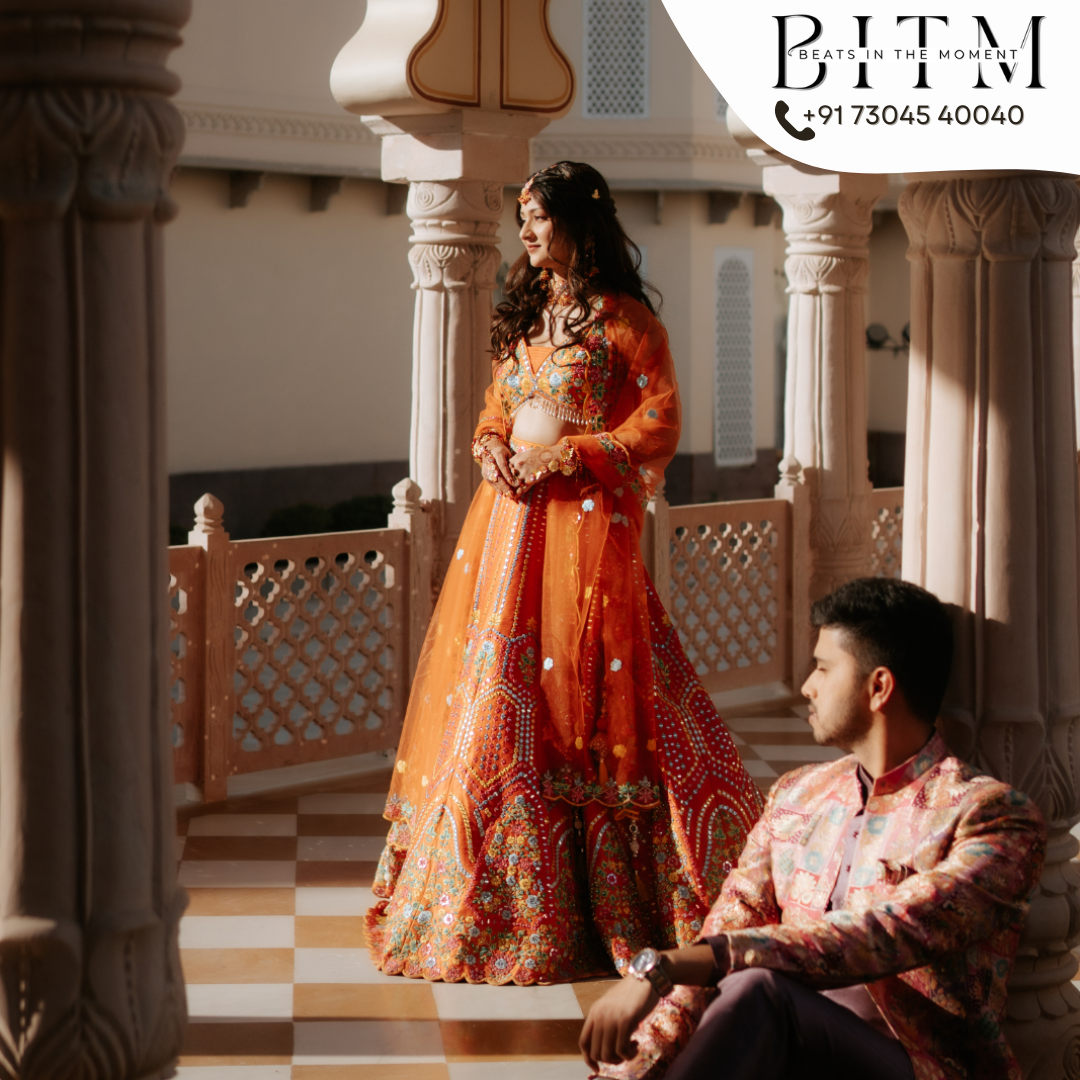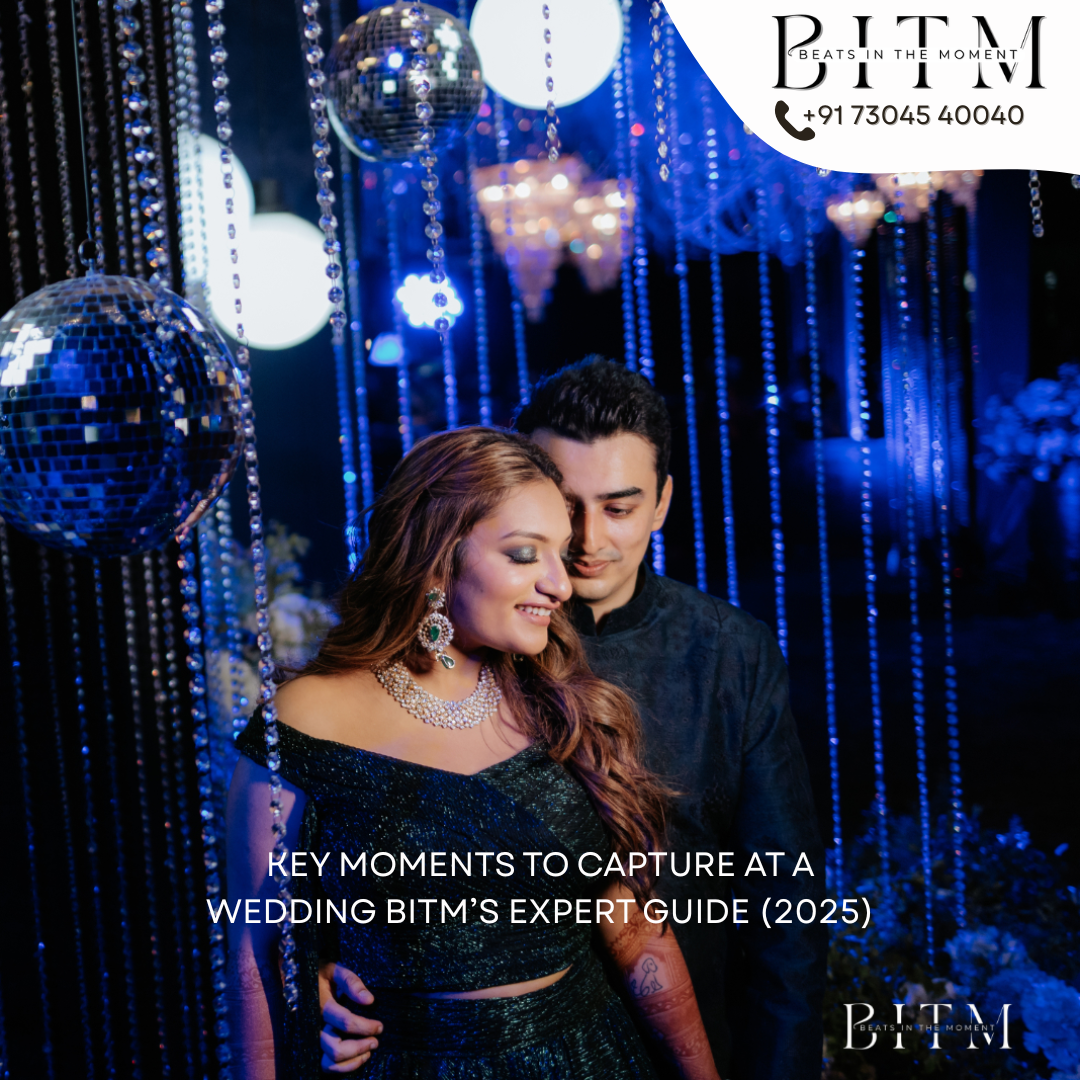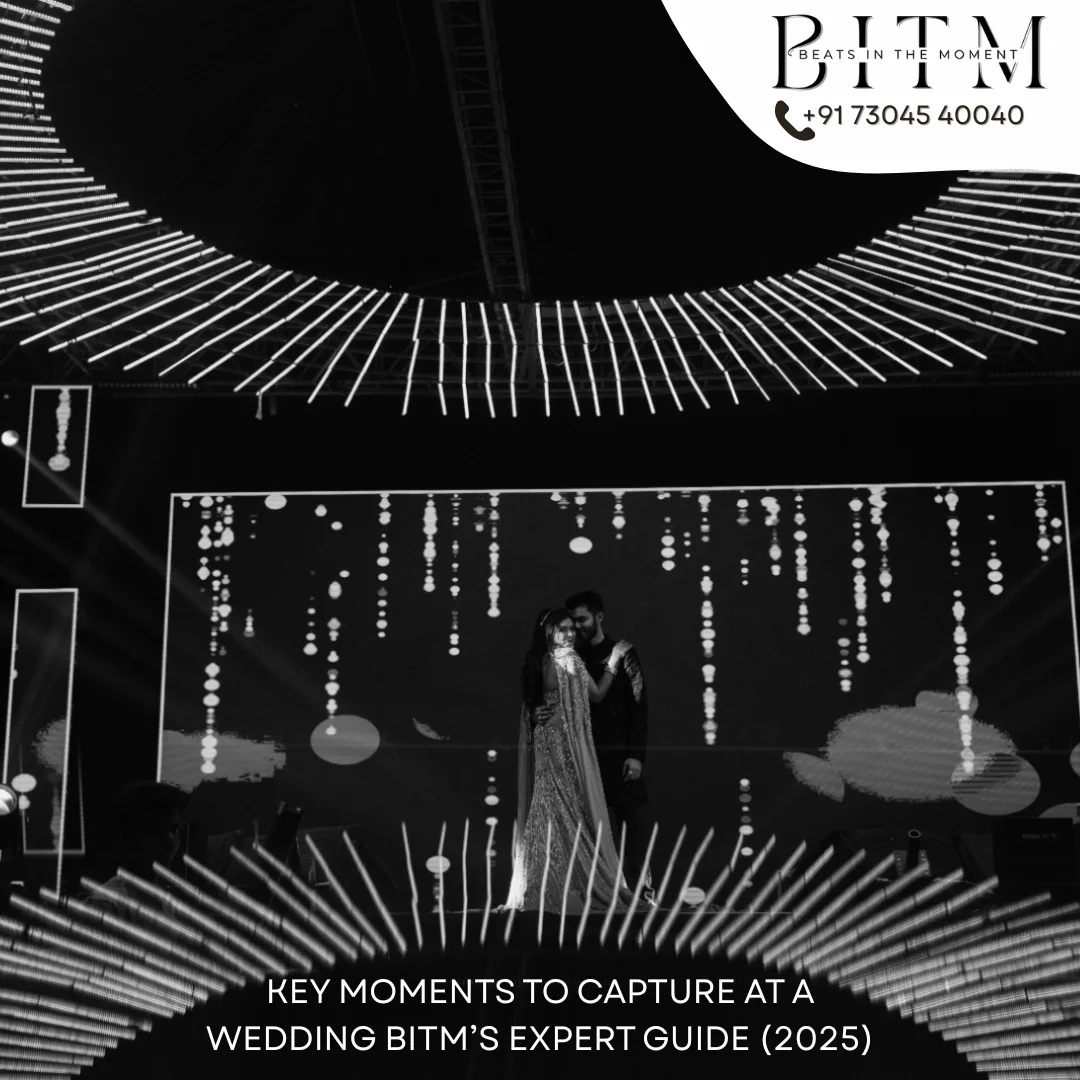Shooting at night strips photography down to light, mood, and shape. Minimal light forces you to think about exposure, movement, and how a single light source can create drama. With the right approach you can capture city atmospheres, star fields, or intimate portraits that daytime simply can’t match.
Core principles (what really matters)
-
Collect light — more exposure time, wider aperture, or higher ISO are the three tools to capture scant light. Use them deliberately depending on whether you want motion blur, shallow depth, or clean images.
-
Stability is king — long exposures require a stable platform (tripod) or camera stabilization to avoid blur. When a tripod isn’t possible, open aperture + higher ISO is the tradeoff.
-
Noise vs. exposure — raising ISO lets you shoot handheld but introduces noise; sometimes a cleaner long exposure at lower ISO is preferable. Modern in-camera and software noise reduction help, but aim for correct exposure first.
Gear checklist (minimal but effective)
-
Camera with Manual mode (or at least aperture/shutter/ISO control). Full-frame cameras usually perform better at high ISO, but crop-sensor and mirrorless bodies work great too.
-
Sturdy tripod (collapsible travel tripod if you move a lot).
-
Fast lens — primes like f/1.8–f/2.8 help enormously in low light.
-
Remote shutter or camera timer to avoid camera shake on long exposures.
-
Optional: headlamp or small LED (for focusing and creative light painting).
Practical camera settings to start with
Think of these as starting points — tweak for the scene.
| Scene | Aperture | Shutter | ISO | Notes |
|---|---|---|---|---|
| Static cityscape (tripod) | f/4–f/8 | 5–30s | 100–800 | Use long exposure to smooth water and capture light trails. |
| Starry sky (tripod) | f/2.8–f/4 | 10–25s | 800–3200 | Use the 500/NP rule for max shutter to avoid star trails. Manual focus to infinity. |
| Night street handheld | f/1.8–f/2.8 | 1/30–1/125s | 1600–6400 | Wide aperture + high ISO for sharp handheld shots; watch noise. |
| Light painting (creative) | f/8–f/16 | 30s–minutes | 100–400 | Keep ISO low, paint with LED while shutter open. |
Focus and exposure tips
-
Manual focus often beats autofocus in near-darkness — magnify live view and focus on a bright point or distant light.
-
Use exposure bracketing or take test shots — it’s easier to fix exposure in-camera than to recover a crushed night shadow in post.
-
Expose to the right (ETTR) mildly — push histogram right without clipping highlights, then pull down in RAW to reduce noise in shadows.
Composition & creative techniques
-
Use available light as a compositional element street lamps, neon signs, car headlights become leading shapes and catchlights.
-
Silhouettes: place subject against a brighter background to emphasize form.
-
Light trails & motion: moving cars or ferris wheels add dynamic lines with long exposure.
-
Light painting: a small flashlight moved in front of the camera during a long exposure can “paint” shapes or selectively illuminate foregrounds.
Noise control & sharpening (post)
-
Shoot RAW — gives more headroom for noise reduction and color grading.
-
Apply targeted noise reduction (luminance more than color) and use sharpening after denoising to avoid amplifying grain. Modern denoise tools (camera or AI-based) can recover surprisingly good detail but better exposure beats denoise.
When you can’t use a tripod
-
Crank aperture wide and raise ISO, then stabilize your body (brace on a wall, use a bean bag). Image stabilization (lens or in-body) allows slower shutters without tripod, but there’s a limit know your longest reliable handheld shutter (often ~1/(focal length) rule adjusted for stabilization).
Quick workflow checklist (on location)
-
Set camera to RAW + Manual.
-
Mount on tripod (if possible), enable mirror lock-up or electronic front curtain if available.
-
Start with sample settings from the table above and take a test shot.
-
Check histogram and focus zoom; adjust shutter/ISO/aperture.
-
Shoot multiple exposures (different shutter lengths + one darker exposure to protect highlights).
-
For creative shots, experiment with movement and light sources.
Final thoughts from BITM
Shooting at night with minimal light is equal parts technical control and creative bravery. Start with the fundamentals stable camera, correct exposure, and a fast lens then push boundaries: paint with light, chase reflections, and make the dark feel alive. Practice in safe, familiar locations and keep a short checklist in your camera bag.
Want hands-on help? BITM runs practical night-shoot workshops and portfolio reviews book a session to shoot together and refine your technique.
More Blogs :- Click Here








